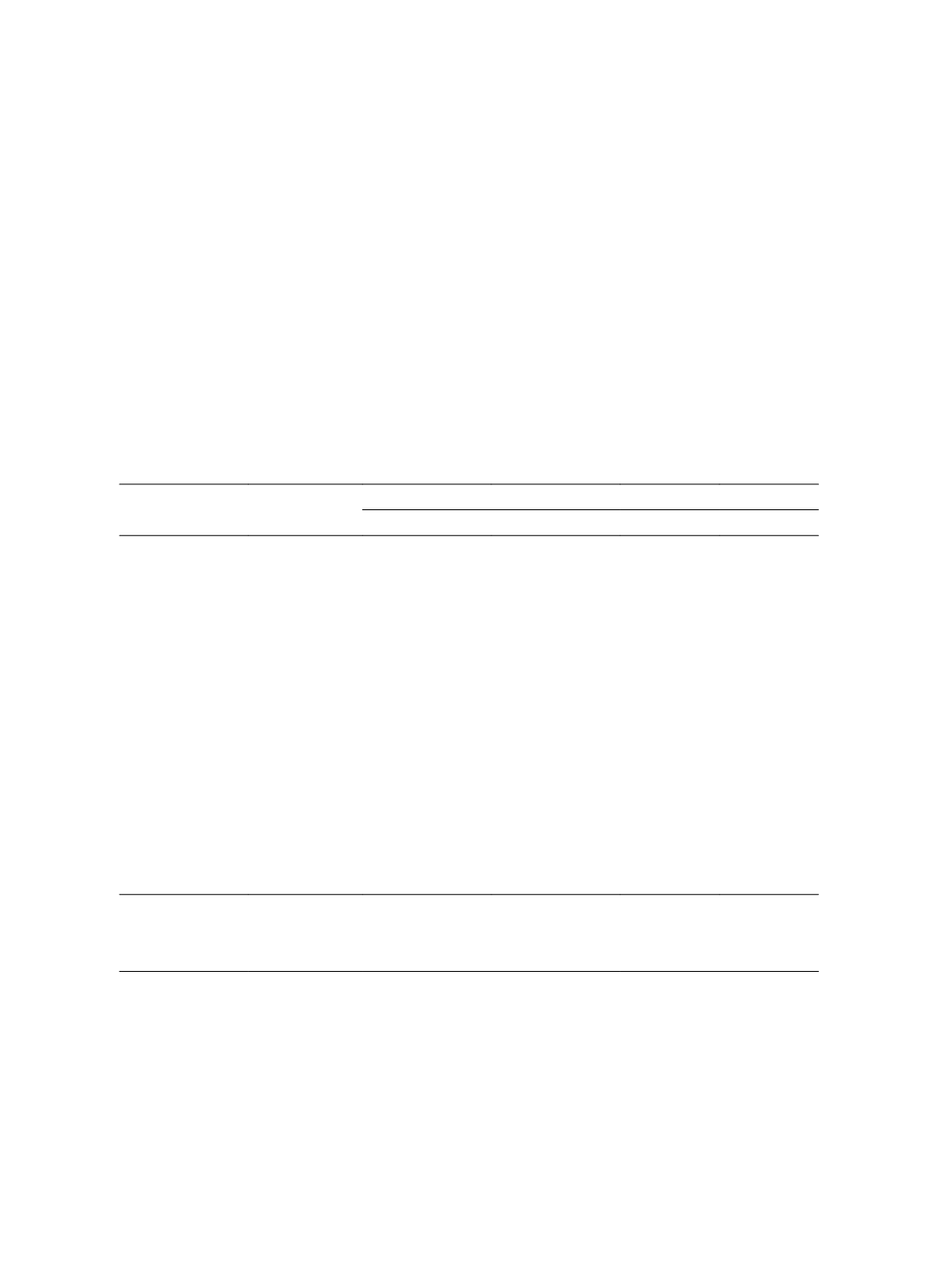

279
臺大管理論叢
第
28
卷第
1
期
and Dichev (2002) and modified by McNichols (2002) and Francis, LaFond, Olsson, and
Schipper (2005). We divided our sample into two categories: (1) a low-AQ sample, which
covers observations with a residual above the median, and (2) a high-AQ sample, which
covers observations with a residual below the median. Except for the different way that we
identified companies with weak ICFR, we conducted the analyses with the same research
procedures described in Section 3.2. The results are presented in Tables 9 and 10, and they
are very similar to our main results. Moreover, our evidence is robust to different ways of
identifying companies with weak internal controls.
Table 9 Logistic Regression for High-AQ and Low-AQ Samples
(Dependent Variable =
EFFECTIVE
)
Predicted Sign
Low-AQ Sample
High-AQ Sample
Coefficient
p-value
Coefficient
p-value
SOX404
?
-0.935
0.095
0.661
0.207
SIZE
+
0.070
0.388
-0.044
0.569
ROA
+
0.043
0.906
-0.622
0.293
LEV
-
-0.192
0.366
-0.387
0.173
PE
-
-0.001
0.444
0.001
0.554
MB
-
0.027
0.069
0.011
0.512
BIGN
?
0.370
0.106
0.540
0.039
RCP
-
-0.012
<0.001
-0.002
0.533
FT
-
-0.151
0.387
-0.556
0.001
AGLOSS
-
-0.309
0.137
-0.988
<0.001
MARKETCAP
+
0.000
0.002
0.000
0.003
CONSTANT
17.383
0.982
18.451
0.984
YEAR
(include)
(include)
INDUSTRY
(include)
(include)
LR chi squared
234.42
<0.001
322.23
<0.001
Pseudo R
2
0.143
0.162
Sample size
4412
5996
Note: Variables are defined in Table 2. P-values are based on two-tailed tests.


















